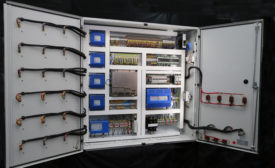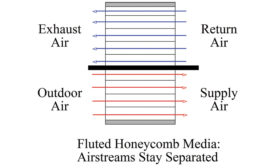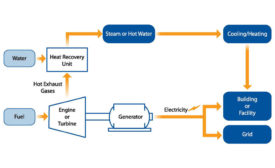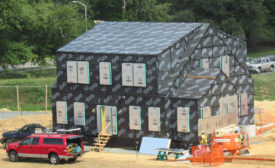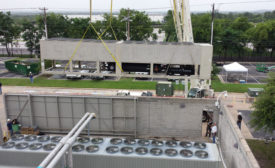Technical
Localized comfort could bring big HVAC energy savings
Read More
Centralized Control Improves HVAC Operational Efficiency
Challenging application required a custom solution
November 23, 2015
How to Provide the Best-Cost, Not Least-Cost, Option on New and Retrofit ERVs
The wheel potentially makes the difference in performance
Read More
The Basics of Combined Heat and Power
An overview of CHP systems and their benefits
October 19, 2015
Self-Generating Energy Helps California Avoid Blackouts, Lower GHGs
Flow and power monitoring key to a successful program
Read More
Boiling Down Boiler Efficiency
Seasonal efficiency is one of the most important measurements
Read More
Both Energy Efficiency and IAQ Are Goals at Net-Zero Energy House
Focusing on only one can come at the cost of the other
September 7, 2015
Can We End the Thermostat Wars?
Office workers complain it’s too hot or too cold; it’s hard to make it just right
Read More
Chiller Upgrade Provides Energy Efficient Data Center
Waste Management is seeing about a 100 kWh drop in monthly power utilization
August 3, 2015
Copyright ©2025. All Rights Reserved BNP Media.
Design, CMS, Hosting & Web Development :: ePublishing

